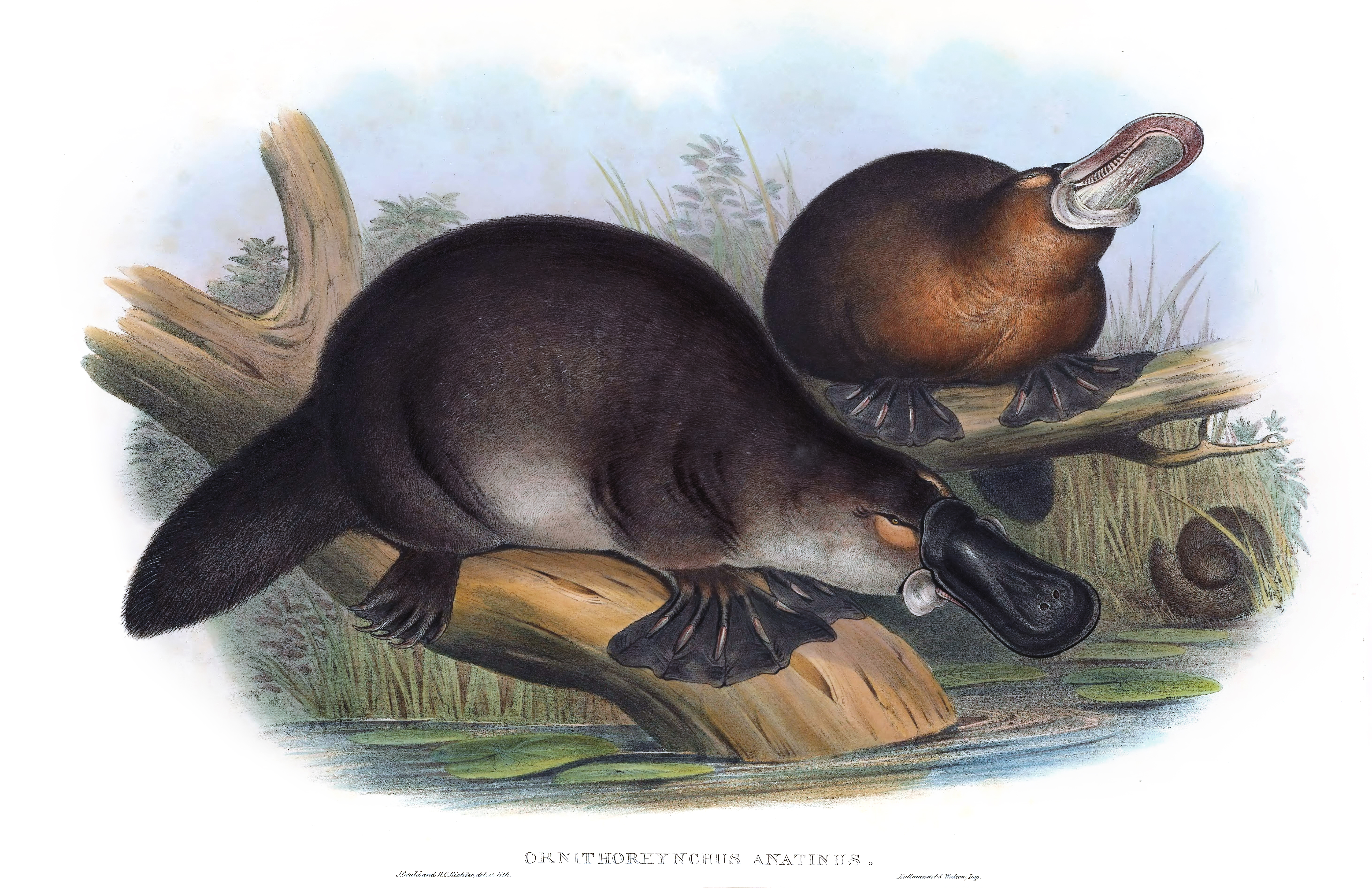
The message determines the design. Before you pick a single color or font, know your purpose.
Find the answers to these questions, then let the rest fall into place:
1) Who is your target audience? Learn all you can about the demographics. Who are you speaking to? Male or Female? Young or Mature? Empathize. How would you talk to them if they were sitting in front of you?
2) What does your audience expect? Do they already know your product? Do you need to educate them? How does your product compare to the competition? How can you enlighten your audience?
3) What is the personality of your business, or the Brand? (For the sake of creating a design, the more adjectives you can come up with, the better) How your business presents itself is a key element to making a decision on graphic elements. Be consistent with the Brand personality. Imagine that you are the Brand, and you meet a friend on the street. How do you act? How does this situation differ from when you meet a client in the boardroom? Your business should have a consistent brand standard. Know it and live it. Don’t be visually schizophrenic, like our friend Mr. Platypus.
4) What mood or image do you want this project to convey? Do yourself a service and reflect your brand personality. There’s nothing worse than having an established brand and then creating a very different piece based on your creative whim. There’s no better way to lose your audience than to turn away from your buddy, The Brand. Instead, imagine that this piece is speaking on behalf of the Brand. It’s like writing a script for an established character. If you were going to write a play about, say, Robin Hood, he would have a distinct, recognizeable personality (the Brand), but he could find himself in a myriad of situations (the Project), and would handle himself differently depending on to whom he was speaking (the Audience). "Robin Hood the Dude" has many possibilities, but "Robin Hood the Brand" must stay consistent or he risks being mistaken for another character.
When you’re clear in your direction, you're ready to start designing.
Use what you already know.
Learn what your audience already knows.
Know your purpose.
Be relevant in communicating.

No comments:
Post a Comment